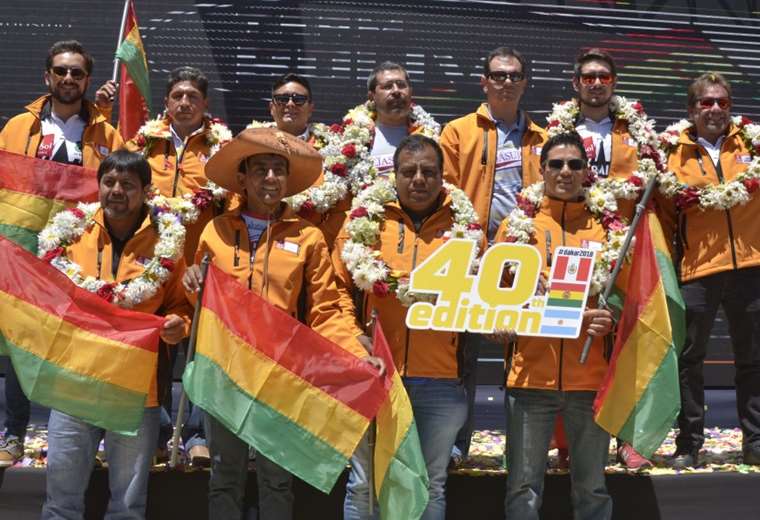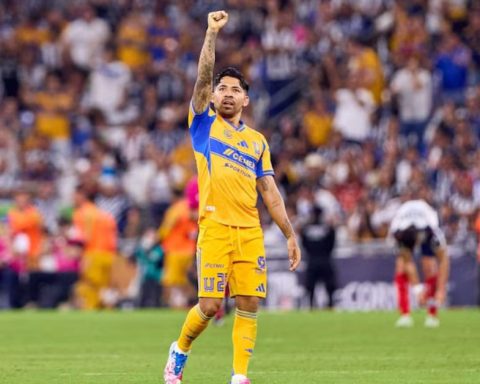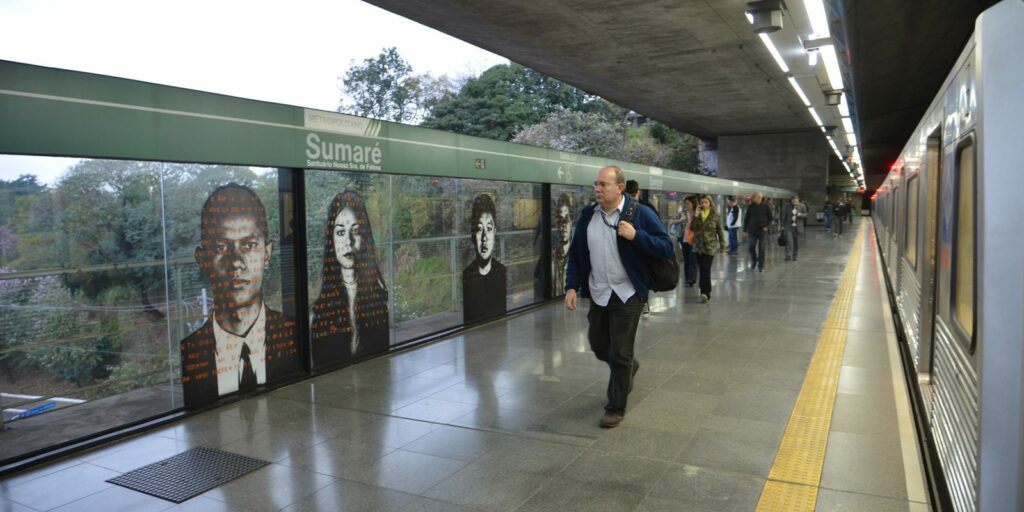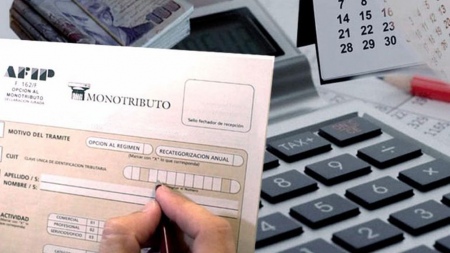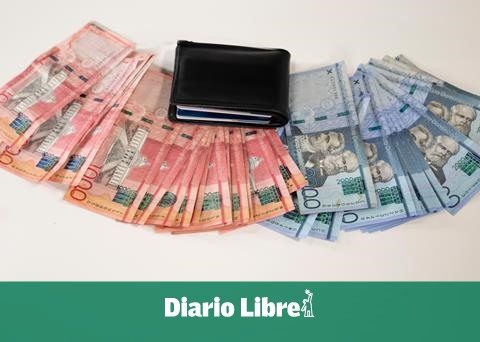January 1, 2023, 7:00 AM
January 1, 2023, 7:00 AM
Due to threats from Al Qaeda in 2008, the Dakar landed in South America a year later with the edition that was played between Argentina and Chile. The toughest rally on the planet became the sensational event on our continent and aroused the interest of Bolivian drivers in said event.
The debut of the nationals in the Dakar took place in 2011. Those who marked the milestone were Marco Bulacia in cars and Juan Carlos Salvatierra in motorcycles.
The Dakar ran in South America for a decade, eleven editions between 2009 and 2019. Bolivia hosted the competition between 2014 and 2018 enabling that several national pilots will take part in the different versions of the Rally.
A total of 27 Bolivian pilots ran the Dakar, but now the only competitor that will participate is Daniel Nosiglia in the motorcycle category. The economic factor is key for ours to have moved away from the Dakar.
Fabricio Fuentes ran the editions uninterruptedly from 2014 to 2019, six versions of which four finished, confirms the thesis that the economic aspect has been essential for Bolivians to stop running the Dakar.
“Definitely that is the most decisive thing. If we don’t have money, we’re screwed. because it is not a matter of grabbing the suitcases and traveling; It is a process, at least I take it that way. If we go on tours, it is to buy the ticket, rent a motorcycle and get on, but that is not the concept of the athlete”, Fuentes told DIEZ.
The chaco pilot revealed the figures involved in participating in the Dakar, since you must pay registration, motorcycle rental, tickets, assistance, lodging, among other things
“Registration for motorcycles is $20,000; assistance, mechanical support, tires, accessories and others add up to around another 20,000 dollars. The rental of the motorcycle is around 15,000, tickets about 3,000, insurance another 3,000, during the race navigation accessories are needed for about 1,000 dollars, additional hotel accommodation for the days that there is no competition, before and after the race ”, sources said.
To all these expenses must be added the preparation prior to the Dakar. In the case of sources ran in Morocco, Argentina and Chile, and that taking part in those three races would cost him close to $40,000.
For his part, Marco Bulacia, who ran in the car category during eight editions of the Dakar, from 2011 to 2018, agrees that the economic aspect is the main barrier for Bolivians.
“In the United Arab Emirates everything is more expensive and that is the main reason of the absence of Bolivians. Participating in the Dakar is expensive, but when you raced in Bolivia you made an effort and also got some support, but racing in Asia is not the same”, said the driver from Santa Cruz.
Bulacia commented that Only the registration for the car category has a cost of 50,000 dollarswhich includes the registration of the pilot, navigator, and mechanics.
According to his calculations, the logistics costs to run in the current venue of the Dakar increased between 20 and 30 percent compared to when it was raced in South America.
An exceptional case occurred with Juan Carlos Salvatierra who stopped running the Dakar due to a problem with the ASO (Amaury Sport Organization), which he brought to justice, because in 2019 they did not disqualify him, arguing that his quad did not pass the technical inspection, being that it met the requirements, according to Chavo.
A total of 27 Bolivians ran the Dakar in South American territory: Juan Carlos Salvatierra (motorcycles and quads), Marco Bulacia (cars), Fabricio Fuentes (motorcycles), Danny Nogales (motorcycles), Wálter Nosiglia (quads), Wálter Nosiglia Junior (motorcycles), Daniel Nosiglia (Motorcycles), Leonardo Martínez (quads) ), Diego Martínez (quads), Suany Martínez (quads), Luis Barbery (cars), Fortunato Maldonado (cars), Julio Roca (cars), Rodrigo Gutiérrez (cars), Delio Velásquez (cars), Gustavo de Rada (cars) , Miguel Bulacia (cars), Ramiro Aguirre (cars), Ernesto Eterovic (cars), Rolando Careaga (cars), Sergio Mita (quads), Rilver Vásquez (cars), Luciano Pérez (cars), Hernán Paredes (quads), Eduardo Peredo (cars) and Orlando Careaga (cars).
Since the competition left South American soil and moved to Saudi Arabia, the large group of national pilots decreased to only one.
